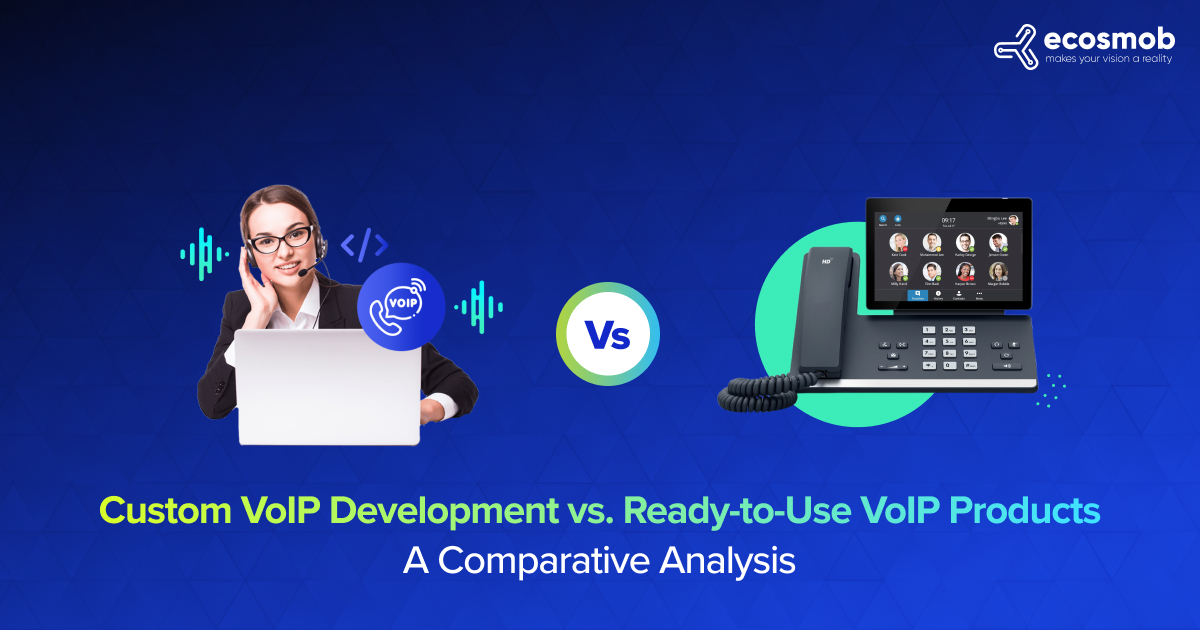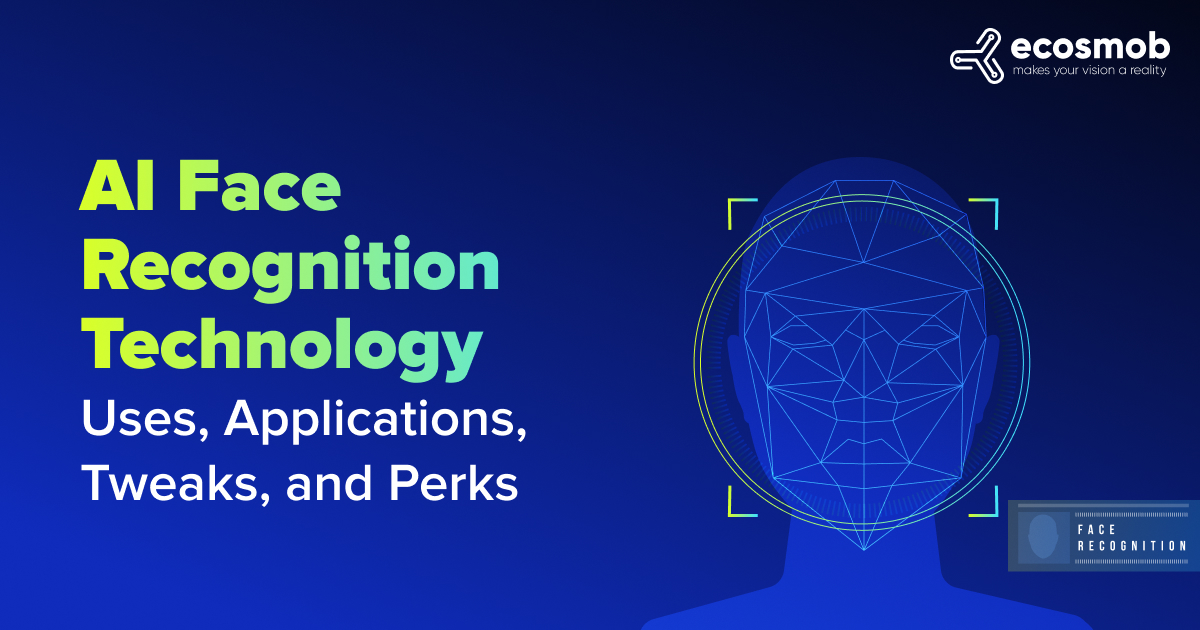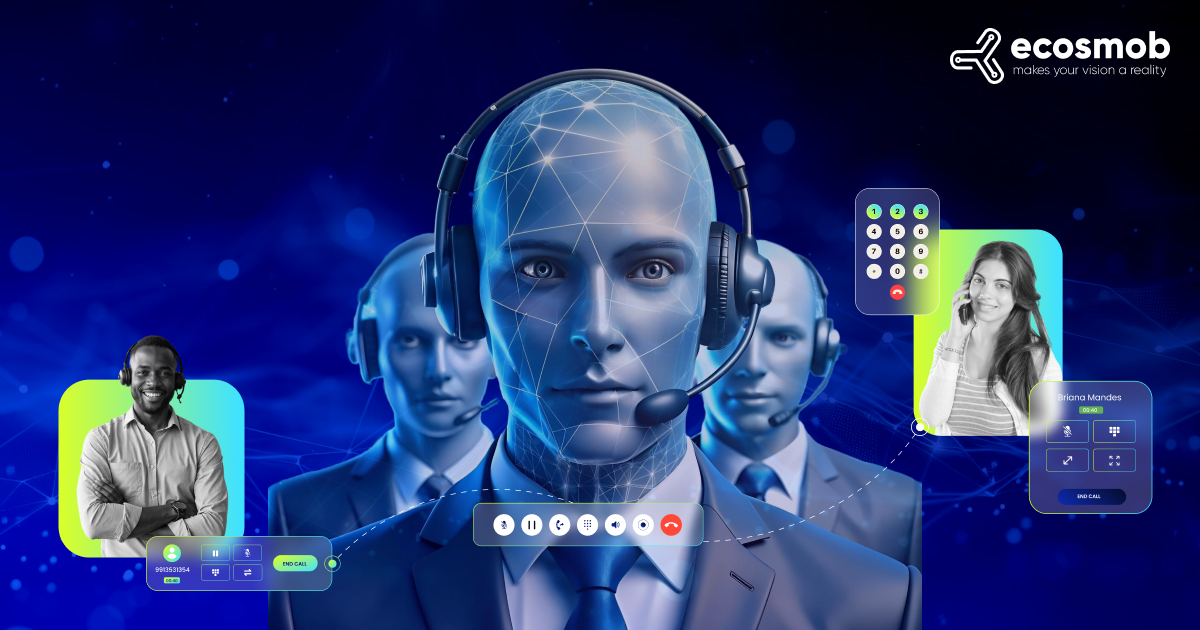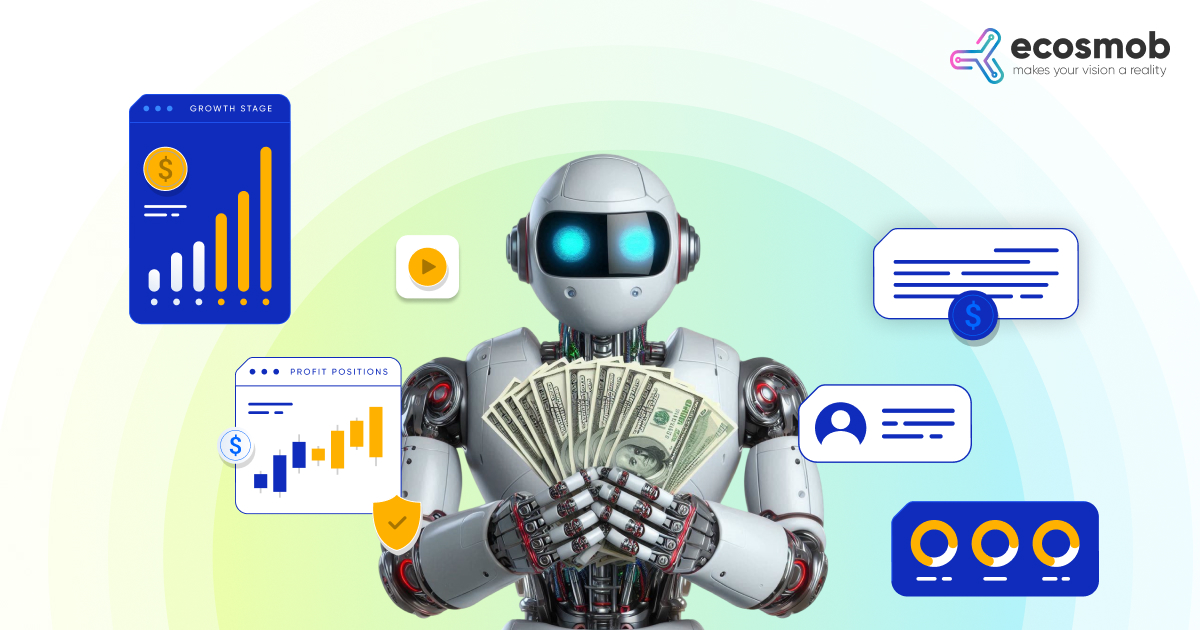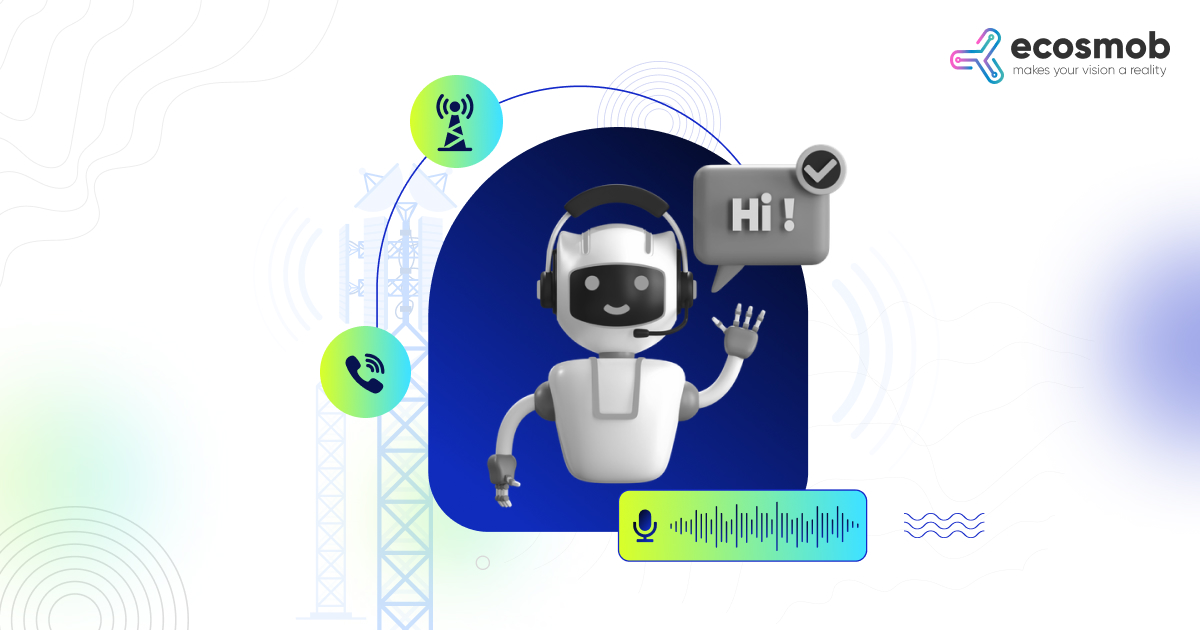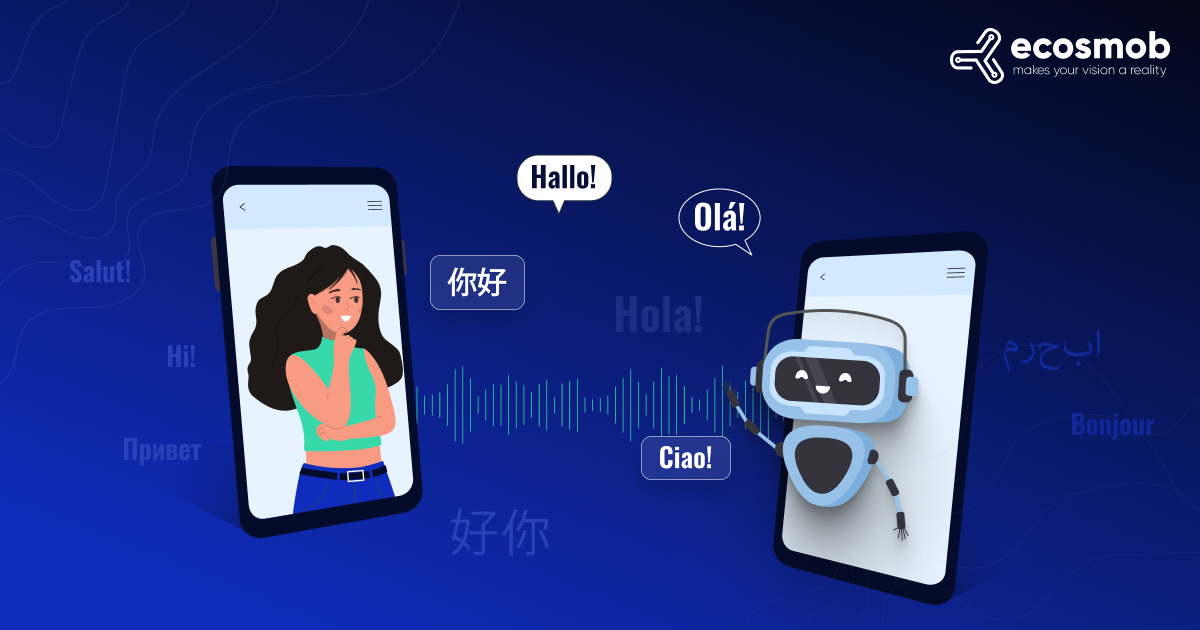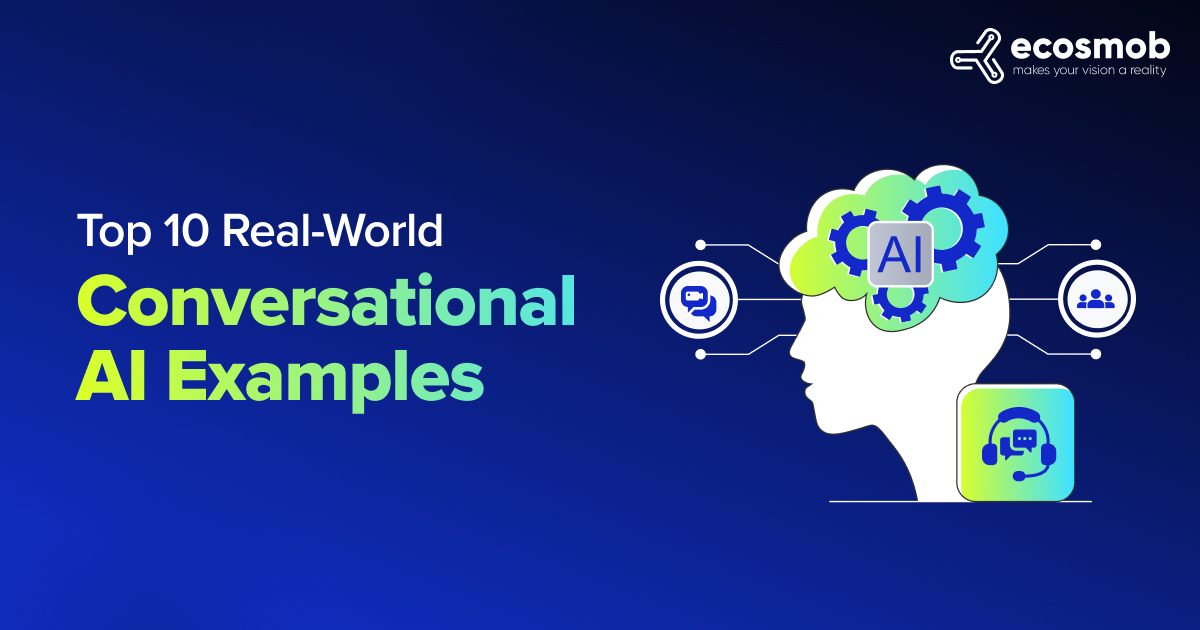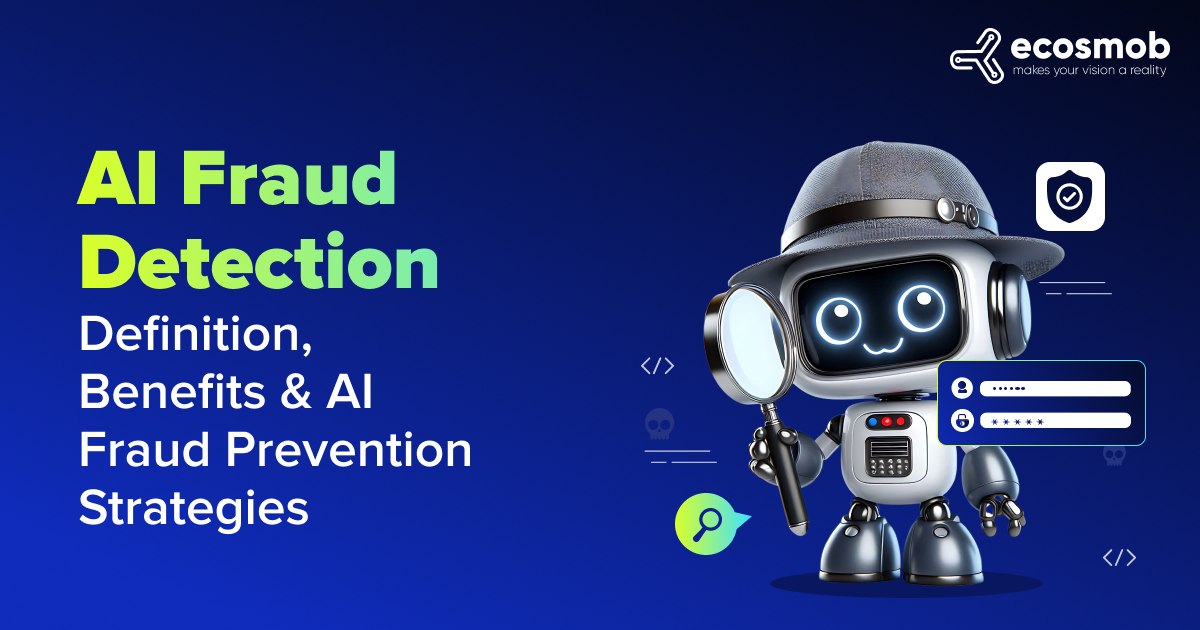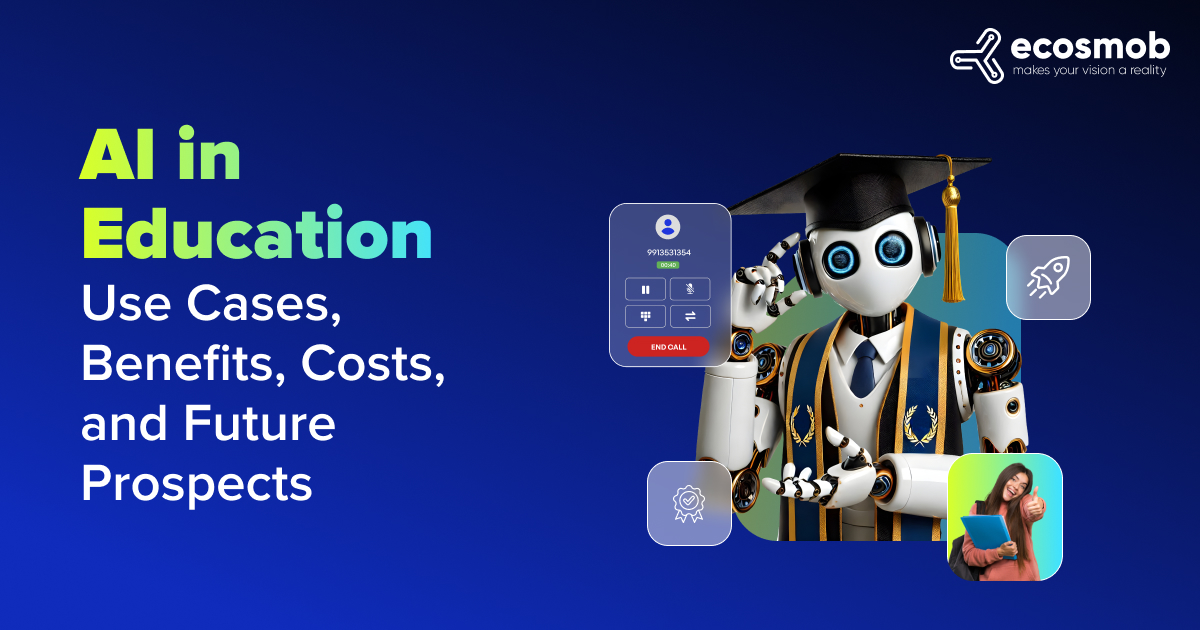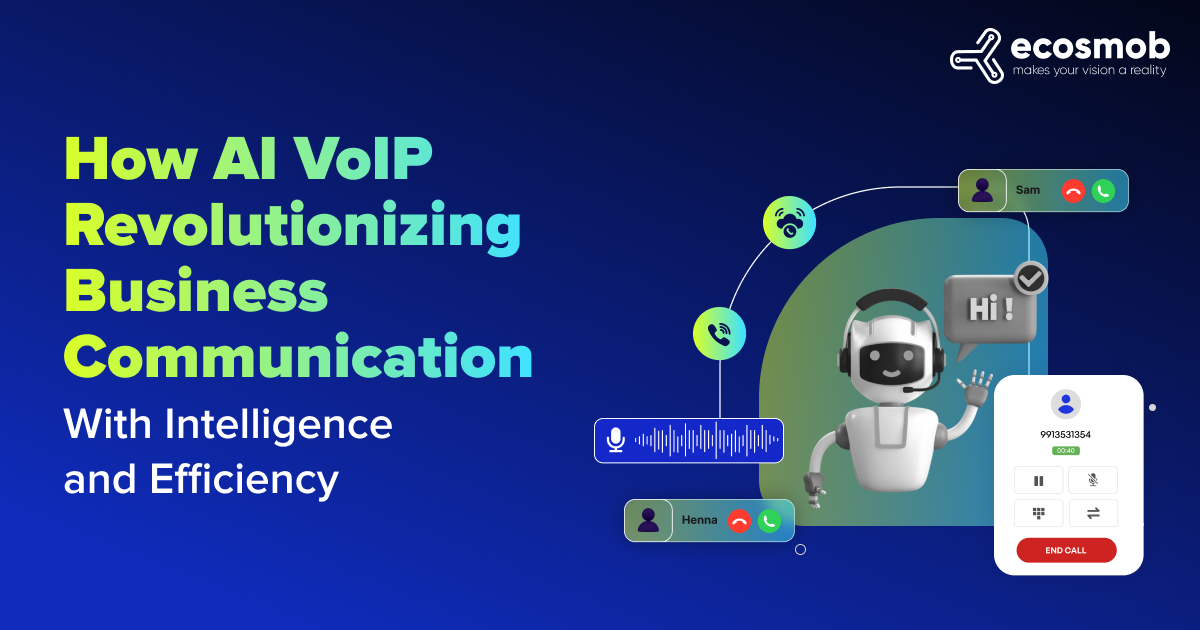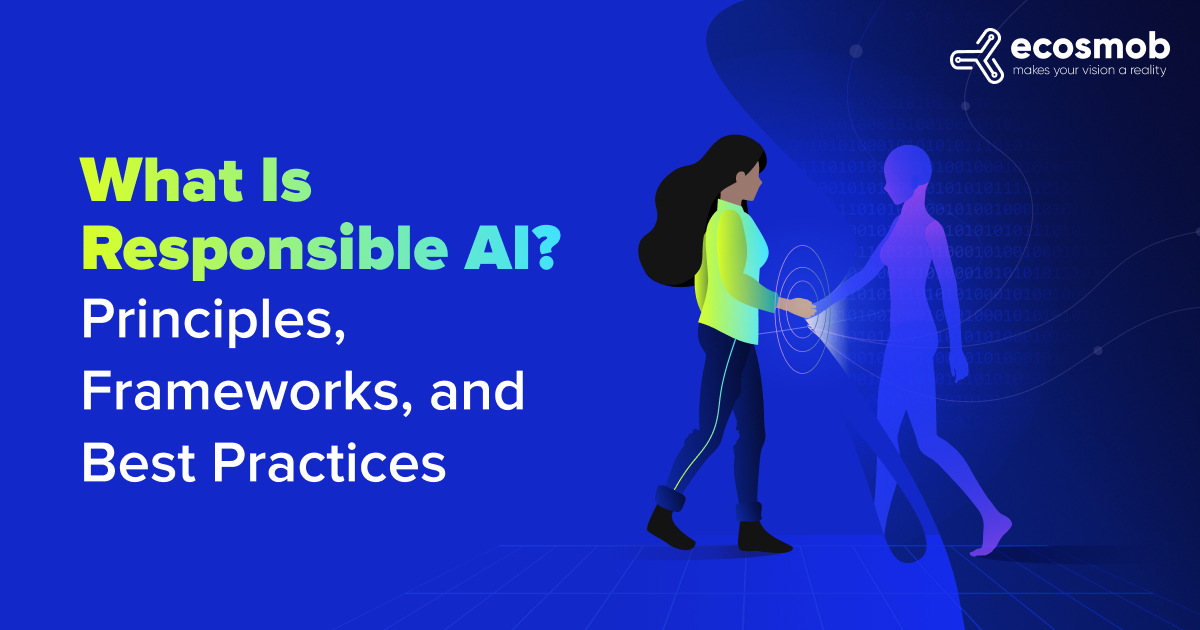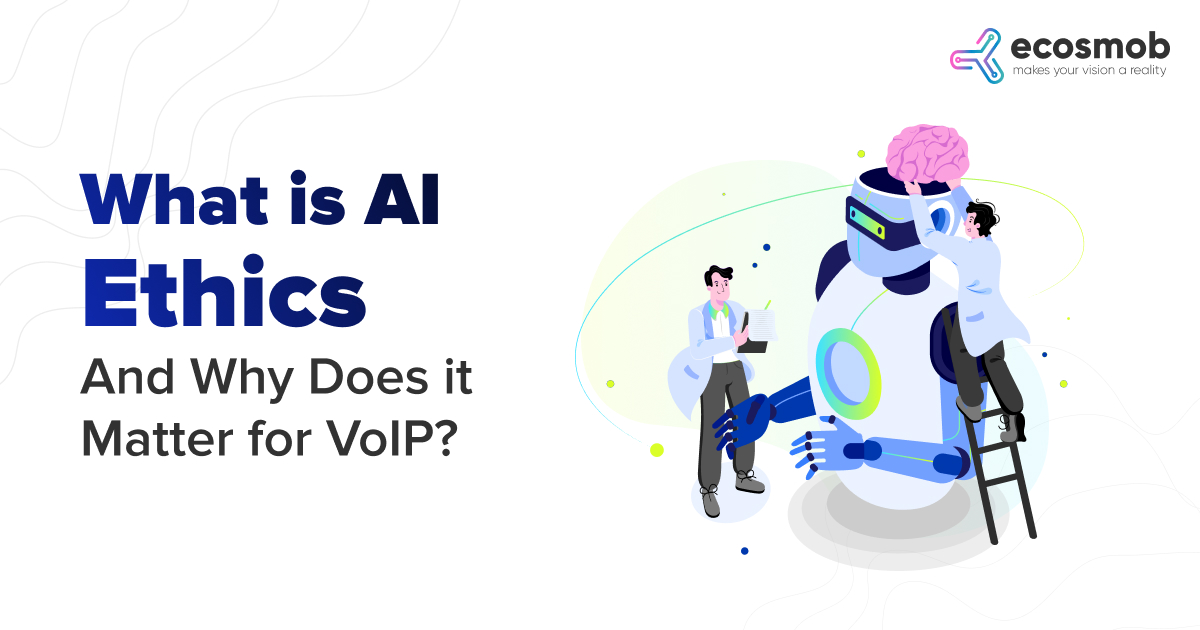QUICK SUMMARY
Facial recognition is everywhere, from our phones to the office entrance to the airport security entrance. However, the use cases might vary from niche to niche. See how?
Facial recognition, oh yes! My office facial recognition system likes my face a lot. It let me in but won’t let me out.
Well, just kidding!
So, What is AI Face Recognition?
A biometric technology that identifies or verifies individuals based on their facial features using AI algorithms.
Even though I’m not great at recognizing faces, artificial intelligence sure is! Face recognition technology is like having a super-intelligent helper that can mimic how we remember people. Just like you can tell who’s on the other end of a call or at your door just by looking at their face, AI does something similar.
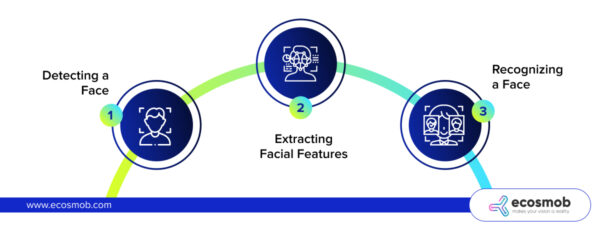 It scans faces and uses AI machine learning and deep learning algorithms to detect patterns in facial features, helping it identify individuals or groups.
It scans faces and uses AI machine learning and deep learning algorithms to detect patterns in facial features, helping it identify individuals or groups.
How amazing is that?
What are the Use Cases of AI Face Recognition Technology?
While many people associate AI facial recognition technology primarily with security, it has many more exciting applications!
Let us look at some more.
Access Control
- Unlocking smartphones and laptops using facial authentication.
- Securing sensitive areas like offices and data centers.
Healthcare
- Identifying patients for medical records and personalized care.
- Monitoring health conditions and detecting emotions.
Retail and Marketing
- Enhancing customer experience with personalized recommendations.
- Analyzing demographics and foot traffic in stores.
Law Enforcement
- Identifying criminals using databases.
- Assisting in missing persons investigations.
Banking and Financial Services
- Enhancing security for online banking and mobile payment apps.
- Preventing identity theft and fraud through biometric authentication.
Travel and Transportation
- Streamlining airport check-ins and security with facial recognition gates.
- Automating immigration and customs processes.
Education
- Verifying student identities during online exams.
- Monitoring classroom engagement and attendance.
Entertainment and Gaming
- Enabling personalized experiences in virtual reality and gaming.
- Creating realistic avatars based on users’ facial features.
Smart Cities and Public Services
- Managing urban environments through crowd monitoring.
- Facilitating public services like traffic management.
And last but not the least…..
Security and Surveillance
- Monitoring public spaces for suspicious activity.
- Identifying suspects in real-time through CCTV footage.
What are the Real-world Examples of Face Recognition Technology?
You and I encounter several AI face recognition systems in our daily lives, such as unlocking our phones through facial recognition, allowing office entry only when our faces match, and many more.
Airports
- Changi airport (Singapore) employed facial recognition to simplify security check operations.
- Ljubljana Airport successfully tested facial recognition technology for passengers’ identification at the boarding gates, which reduced boarding times by at least 75%.
Smart Unlocks
- Apple Face ID enables secure device unlocking and payment verification on iPhones.
- Hello. The Google Nest doorbell scans and recognizes visitors’ faces and sends an alert to the owner with their names.
Banking and Finance
- Alipay of China offers payment systems that authenticate transactions using face scans.
Entertainment
- Well, we all have tried weird and funny Snapchat filters that scan our faces and interpret whether we are smiling or frowning.
Smart Cities
- Dubai Smart City initiatives use traffic monitoring and crowd management by using face recognition technology.
What are the Advantages of Face Recognition Technology?
Here are some perks that convince you to implement AI face recognition technology in your niche.
- Enhanced Security – Reduces reliance on passwords and PINs, preventing unauthorized access.
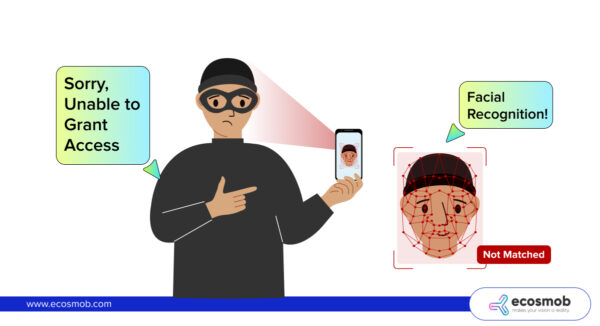
- Contactless Authentication – Eliminates the need for physical interaction, which is crucial during pandemics.
- Time-Saving – Speeds up processes like check-ins and payments.
- Improved Customer Experience – Offers personalized services based on user recognition.
Face Recognition Technology for Unified Communications
Face recognition technology enhances unified communications by enabling seamless authentication and personalized user experience. It streamlines secure access to communication platforms, eliminating the need for passwords or multi-step verifications.
Facial recognition can improve engagement during video calls by auto-focusing on active participants, enabling virtual background adjustments, or identifying attendees. It also better supports sentiment analysis during meetings. This integration fosters a more secure, efficient, and interactive communication environment, ideal for both corporate and personal use.
What are the Disadvantages of AI Face Recognition Technology?
You have many great perks, but there are also a few twists along the way!
- Privacy Concerns – Unauthorized use of facial data raises ethical questions.
- Algorithm Bias – Inaccurate results for specific demographics due to biased training datasets.
- Vulnerability to Spoofing – Faces can be mimicked using photos or videos to bypass systems.
- Regulatory Challenges – Varying global laws create inconsistencies in adoption and use.
What are Some Challenges and Considerations while Implementing AI face Recognition Technology in Your Niche?
The following are some challenges and considerations to consider while Implementing AI face recognition in your niche.
- Security Risks – Vulnerability to spoofing and cyberattacks targeting biometric data.
- Regulatory Compliance – Navigating varying laws and data protection regulations globally.
- Ethical Issues – Concerns about surveillance and misuse for profiling or monitoring.
Future Trends in AI Face Recognition Technology
Technology is constantly changing, and staying ahead of the game is essential. To do that, look for emerging trends and exciting innovations that align with your goals.
- Improved Accuracy – AI and profound learning advancements will enhance recognition precision, even in challenging conditions.
- Multi-Modal Biometrics – Integration with other biometric methods, like voice and iris recognition, for enhanced security.
- Edge Computing – On-device processing to reduce latency, enhance privacy, and eliminate dependency on cloud servers.
- Emotion and Behavior Analysis – Advanced systems to detect emotions and analyze behavioral patterns for deeper insights.
- Broader Applications – Expanding use in AR/VR, the metaverse, healthcare, and education.
- Real-Time Recognition – Faster systems for instant identification in dynamic environments.
Wrapping Up
Face recognition technology is a double-edged sword. It has the power to revolutionize industries and improve lives, yet its misuse can lead to ethical dilemmas. By fostering innovation alongside responsible regulations, society can maximize its benefits while minimizing potential harm, paving the way for a secure and efficient future.
We at Ecosmob provide customized face recognition solutions leveraging AI to enhance security, streamline processes, and improve user experiences for businesses across industries.
FAQs
What is AI face recognition?
AI face recognition technology uses machine learning algorithms to identify or verify individuals based on facial features.
How Does face recognition technology work?
It analyzes unique facial features such as the distance between eyes, nose shape, and jawline to create a digital "faceprint" for identification.
What are the benefits of implementing AI facial recognition technology?
AI facial recognition technology enhances security by enabling accurate identity verification and reducing fraud. It also improves efficiency in access control, personalized services, and law enforcement investigations.
What are the famous cases where AI facial recognition technology is being used?
It is widely used in law enforcement, healthcare, retail, finance, entertainment, etc.
Is face recognition legal?
Laws vary by country; some regulate its use strictly, while others encourage it for specific purposes like security.



